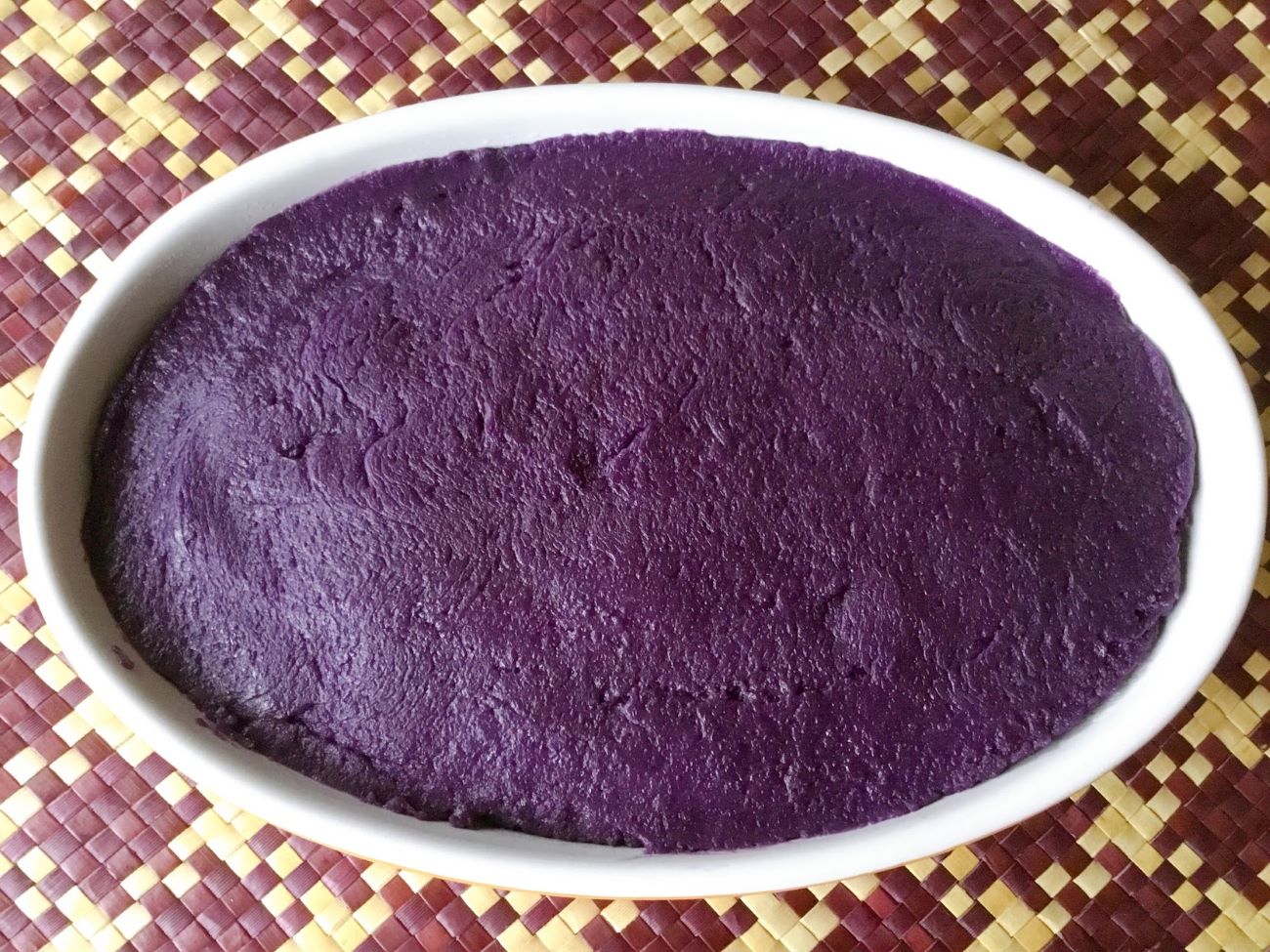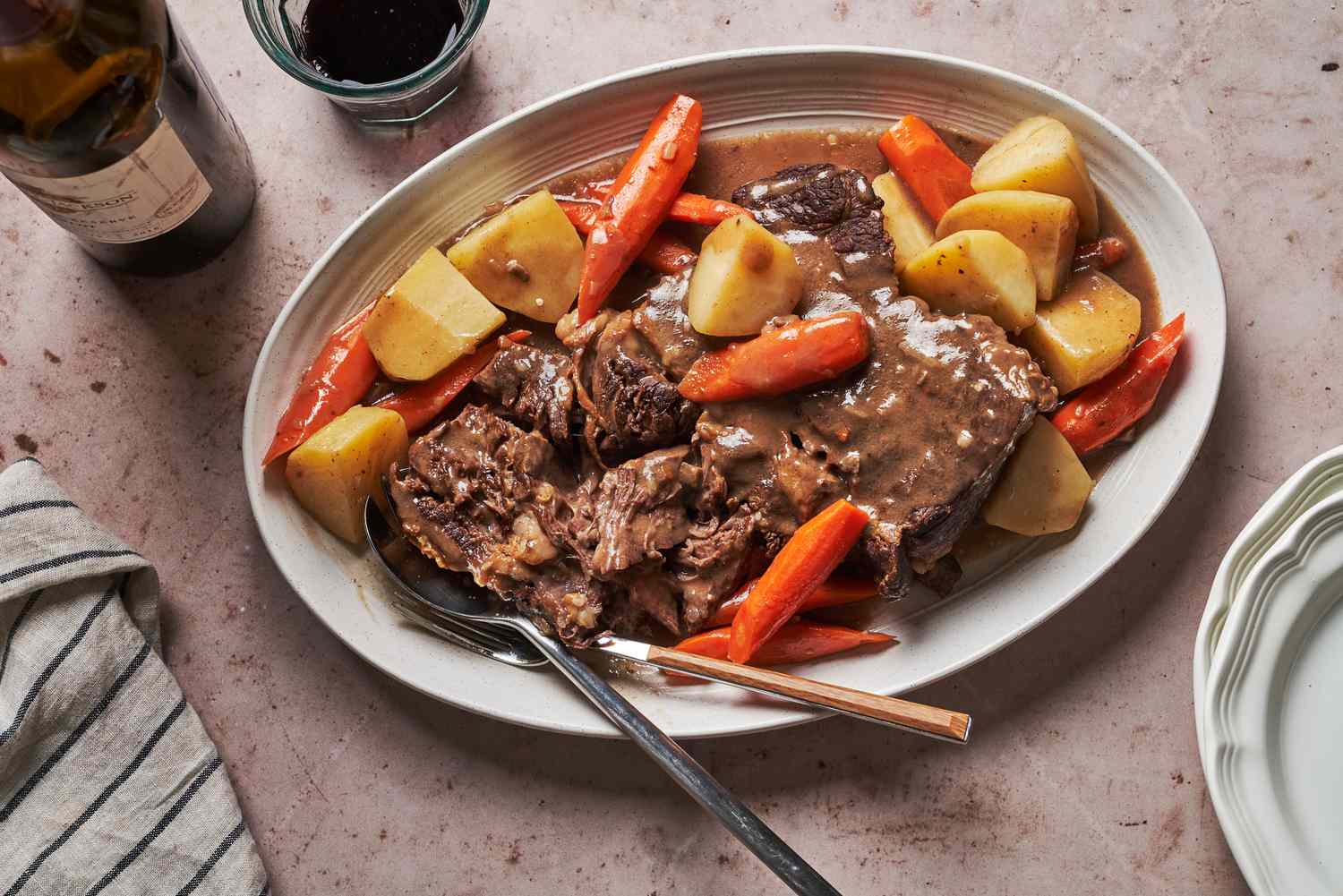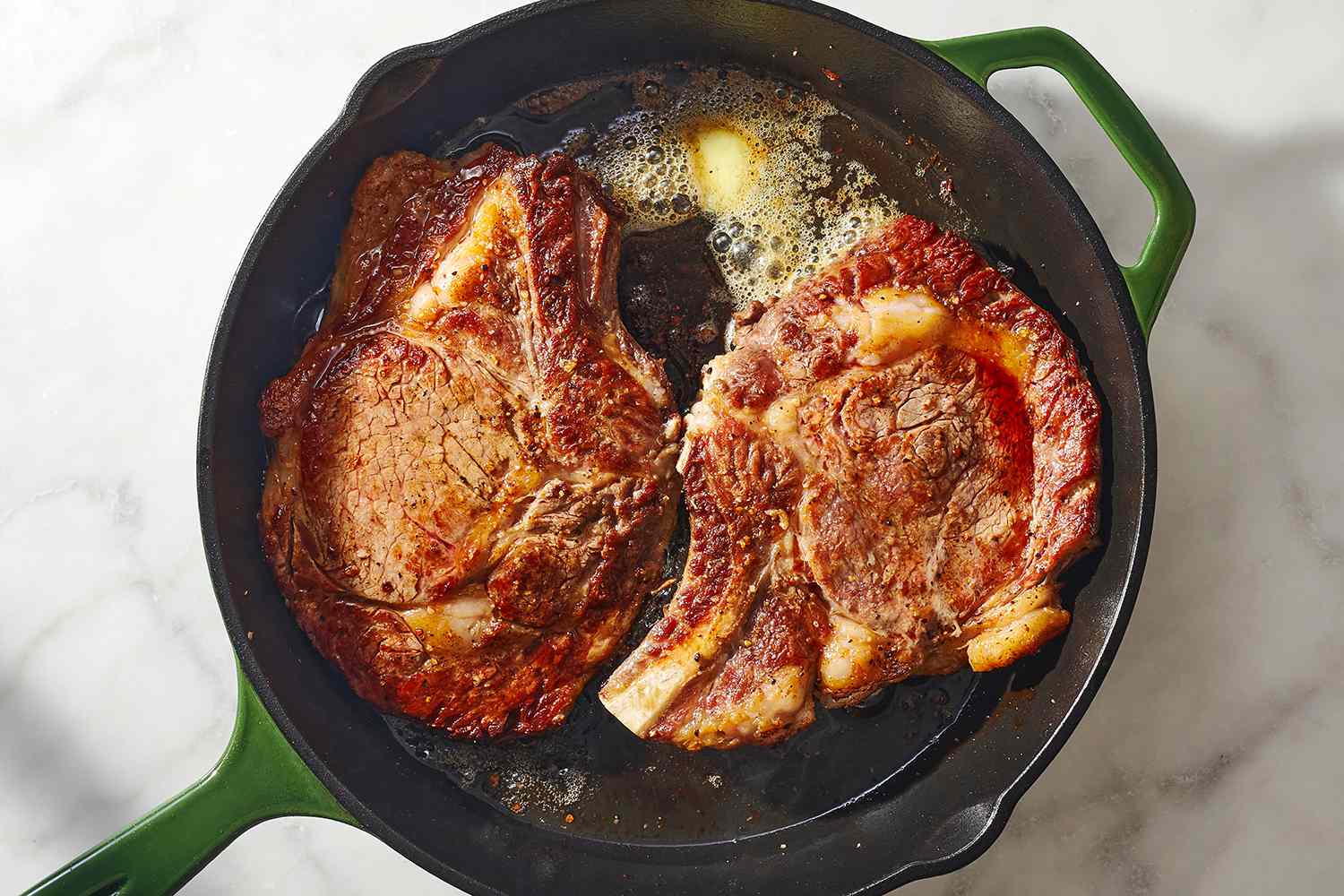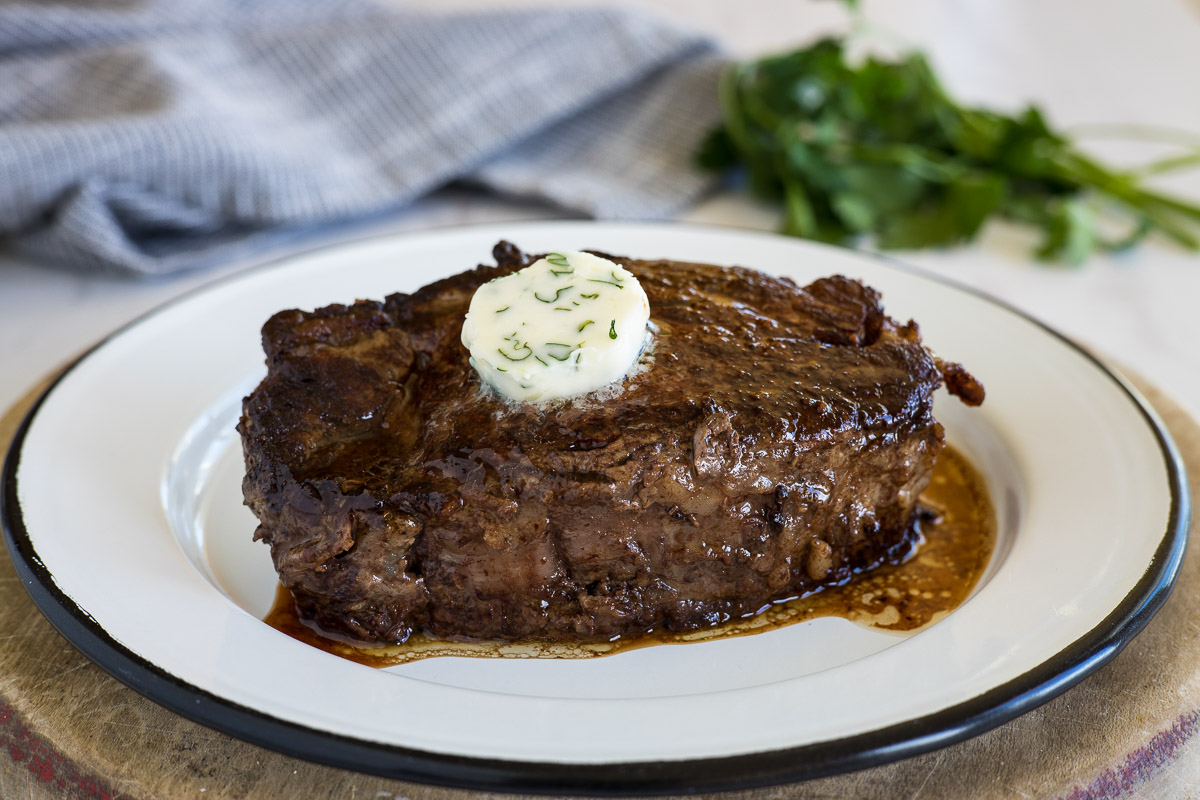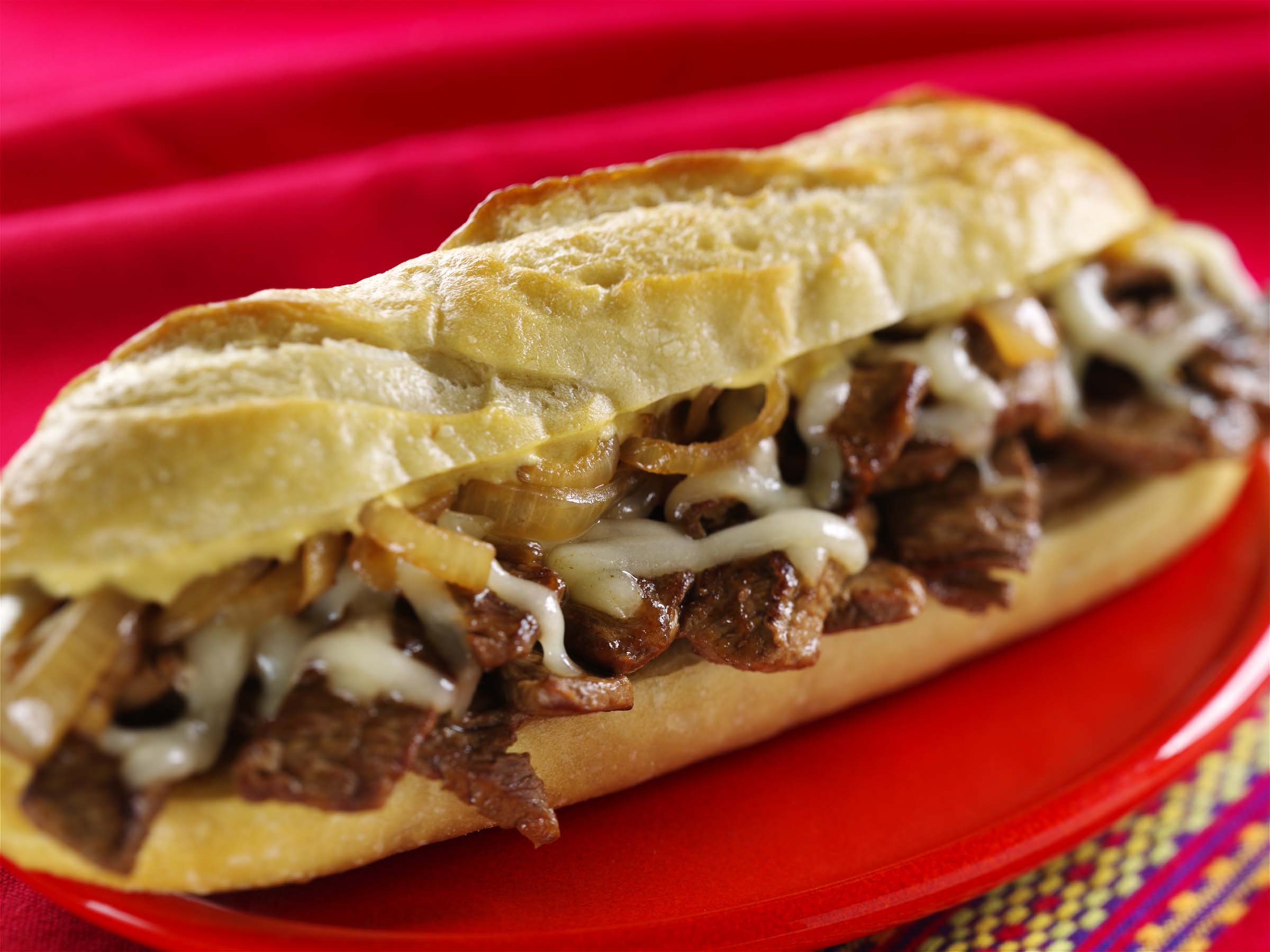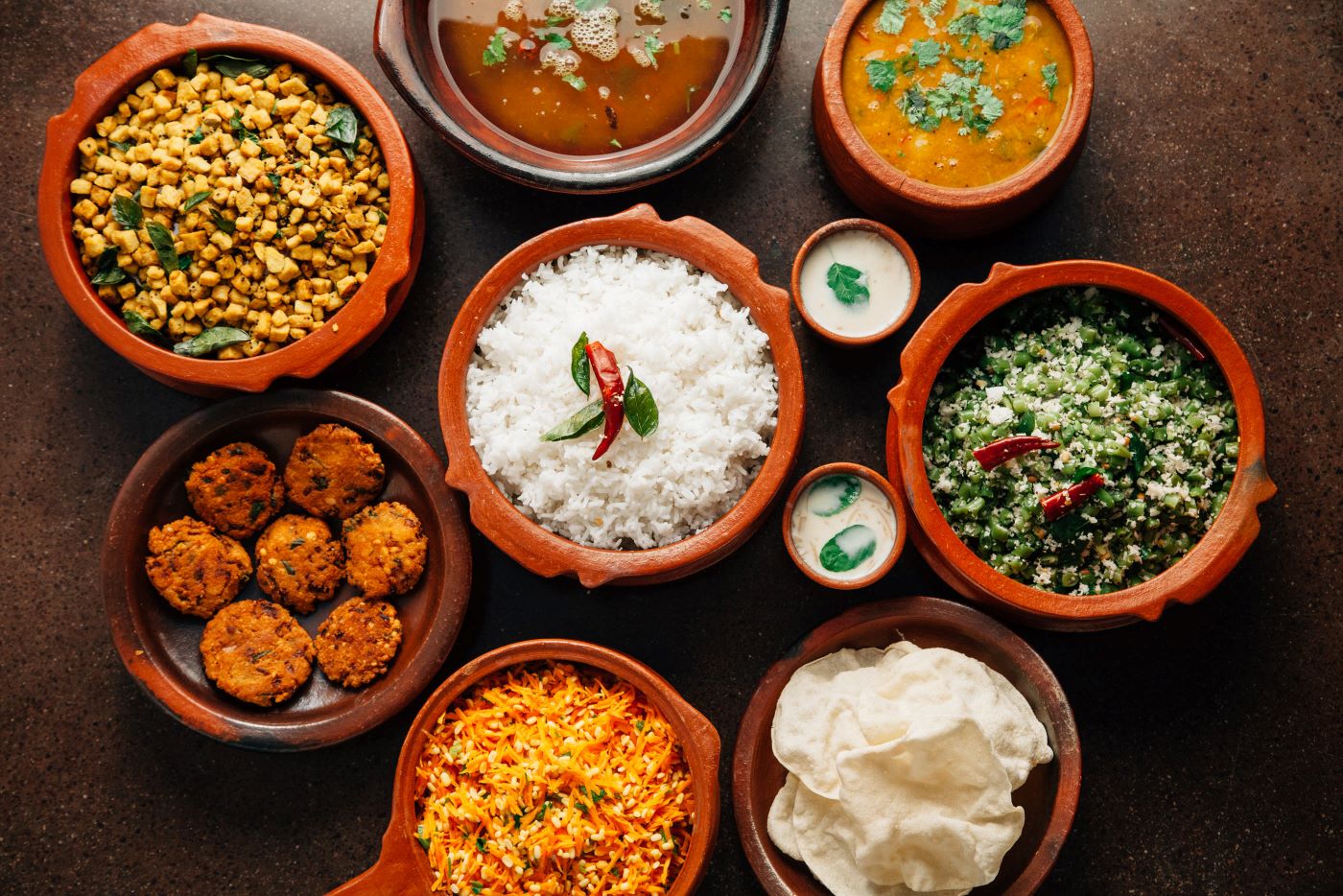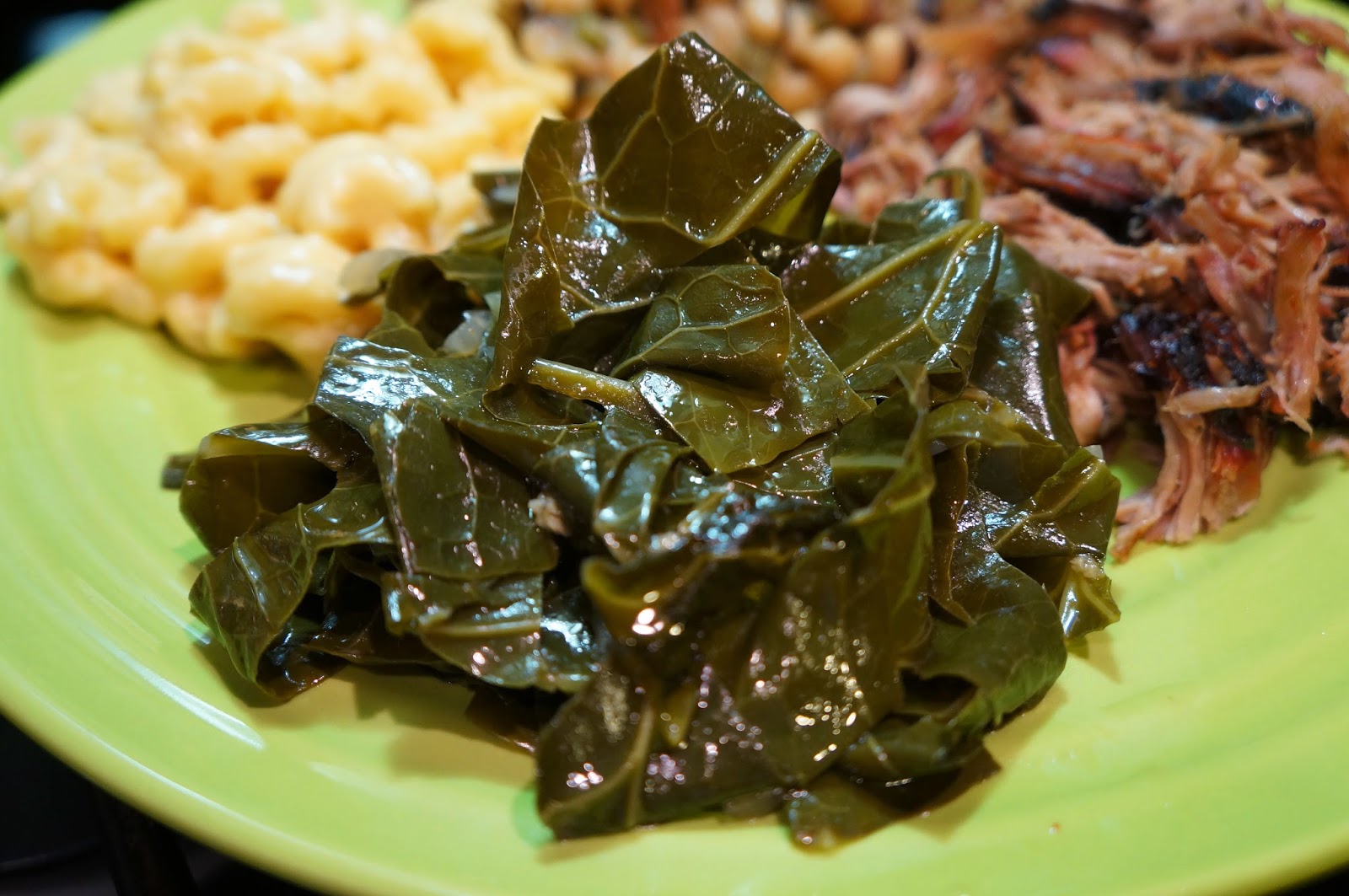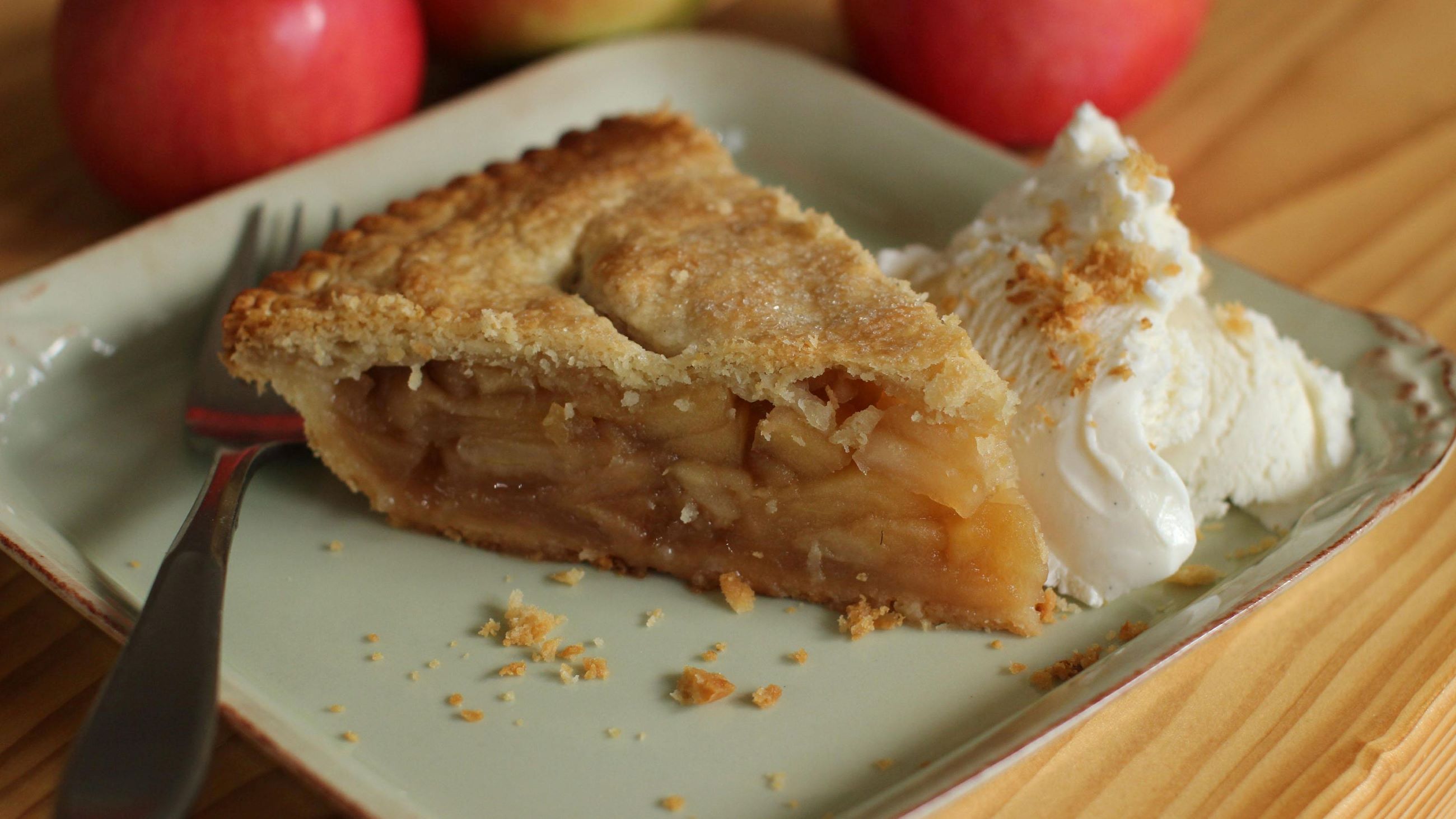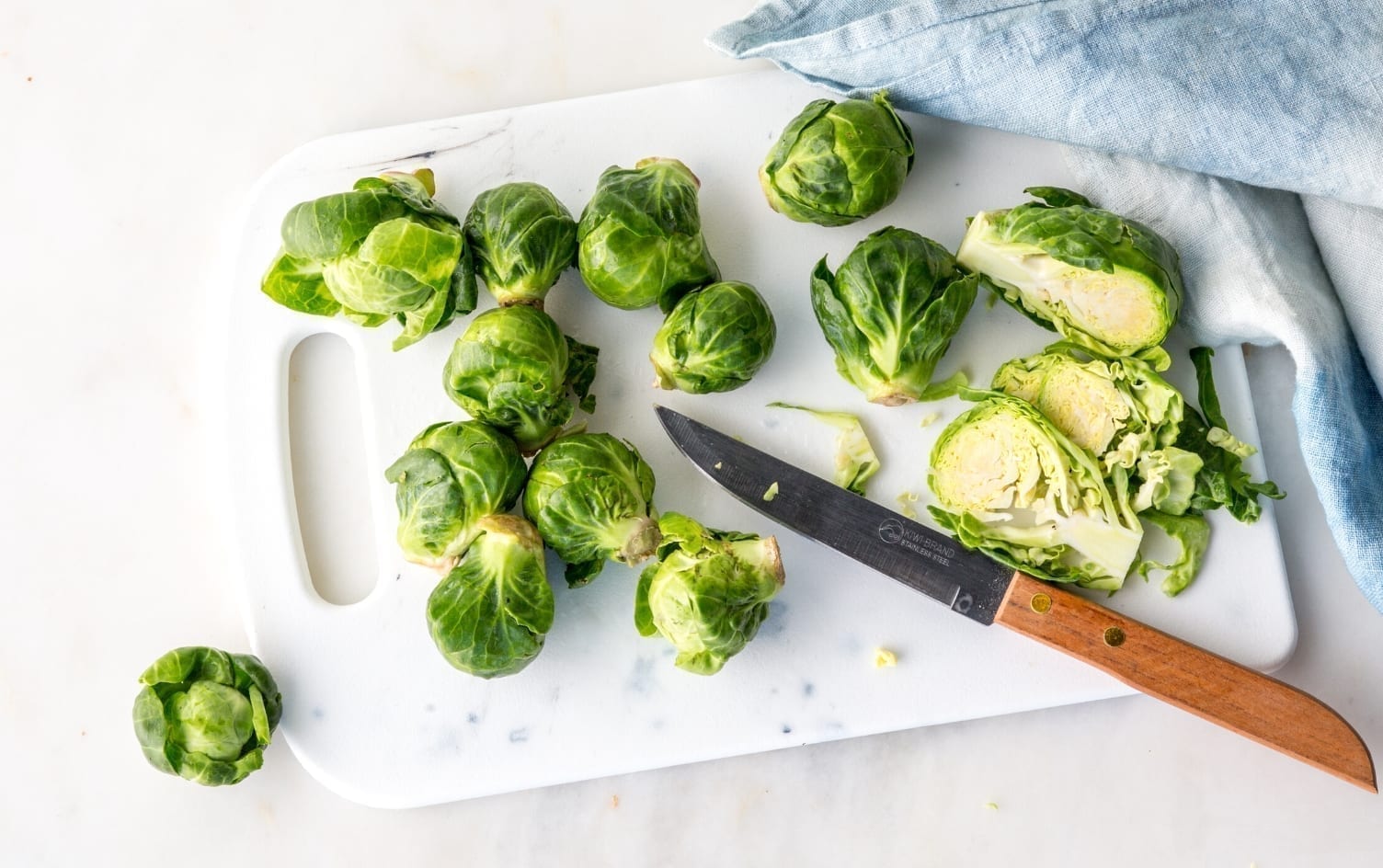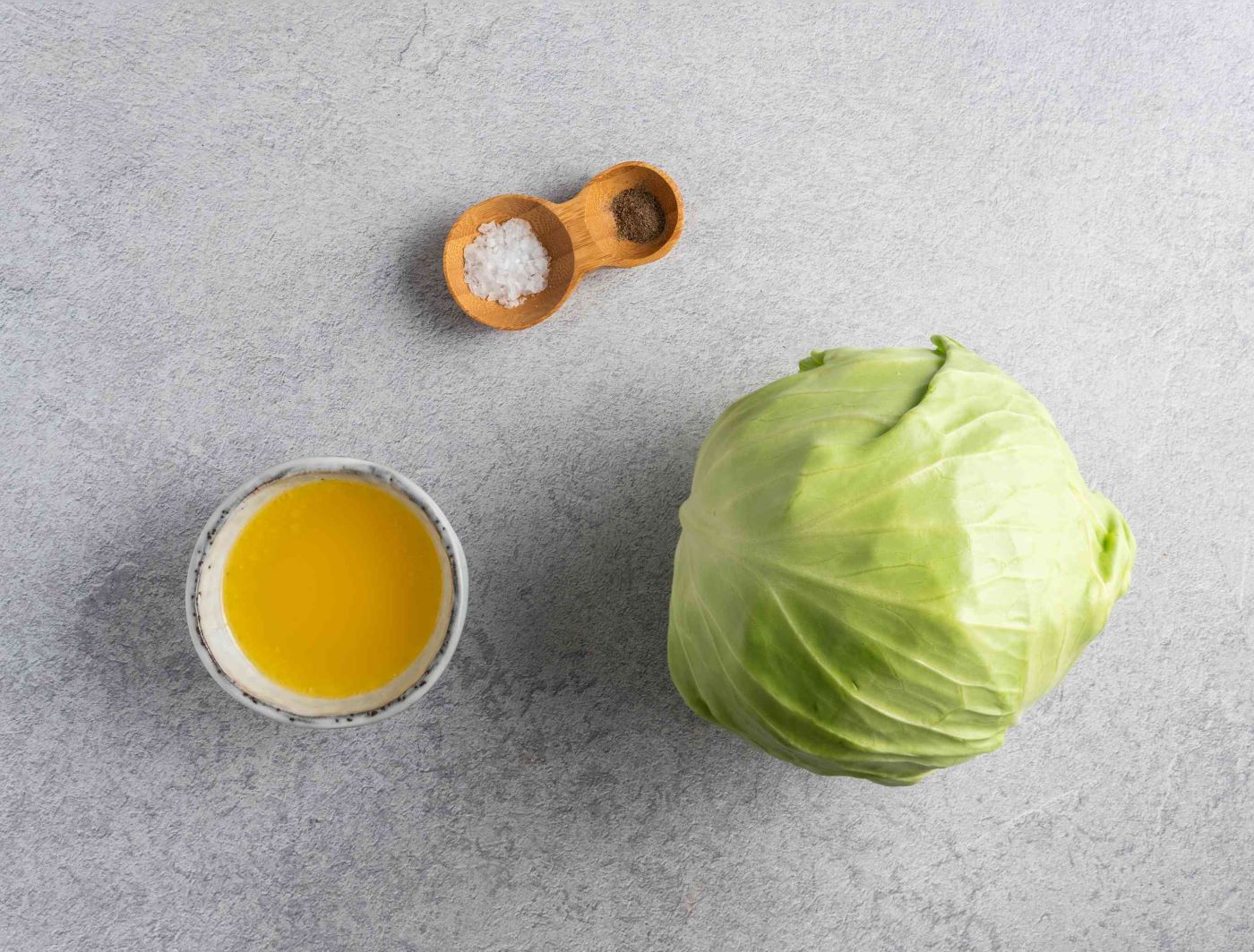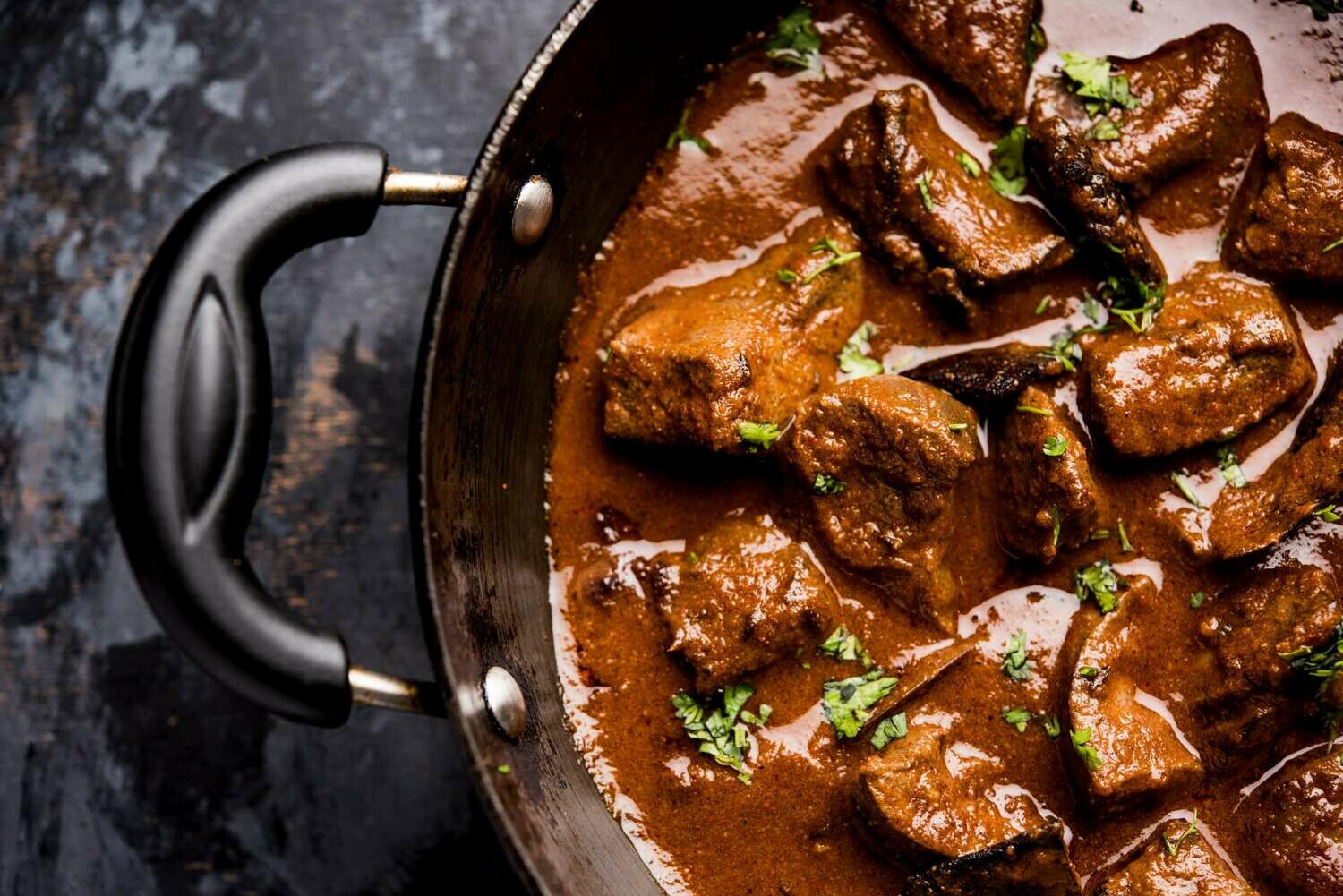The Challenge of a Tough Steak
Cooking a tough steak can seem like a daunting task. Whether you accidentally bought a tough cut of meat or you’re trying to salvage a steak that didn’t turn out as tender as you had hoped, fear not! With the right techniques and a little bit of patience, you can transform that tough steak into a melt-in-your-mouth masterpiece.
1. Choose the Right Cut
When dealing with a tough steak, it’s important to choose the right cut of meat. Opt for cuts that are known for their tenderness such as ribeye, tenderloin, or New York strip. These cuts have more marbling, which adds flavor and helps to break down the tough fibers during cooking.
2. Marinate to Tenderize
A great way to tenderize a tough steak is to marinate it. Create a flavorful marinade using ingredients like citrus juices, vinegar, or even yogurt. The acidity in these marinades helps to break down the protein fibers, making the steak more tender. Let the steak marinate in the refrigerator for at least 30 minutes, but for optimal results, marinate it overnight.
3. Utilize the Power of Salt
Salt is not only a great seasoning, but it can also improve the tenderness of a tough steak. Before cooking, generously salt both sides of the steak and let it sit at room temperature for about 30 minutes. The salt will draw out moisture from the steak, which helps to break down the tough proteins and results in a more tender texture.
4. Use Slow and Low Cooking Methods
Cooking a tough steak using slow and low methods can work wonders. Consider braising or stewing the steak to let it simmer in flavorful liquids for an extended period. This slow cooking process helps to soften the tough fibers and infuse the meat with delicious flavors. Alternatively, you can also try cooking the steak sous vide, which involves vacuum-sealing the steak and cooking it in a water bath at a precisely controlled temperature.
5. Let It Rest
After cooking the tough steak, don’t rush to cut into it right away. Allow the steak to rest for a few minutes before slicing. This resting period allows the juices to redistribute, resulting in a juicier and more tender steak. Cover the steak loosely with foil to keep it warm while it rests.
6. Slice Against the Grain
The final step in serving a tenderized tough steak is to slice it correctly. When slicing the steak, make sure to cut against the grain. The grain refers to the orientation of the muscle fibers in the meat. Cutting against the grain breaks up the tough fibers and makes each bite more tender and enjoyable.
Conclusion
With these tips and techniques, you can turn a tough steak into a delectable meal. Remember to choose the right cut, marinate to tenderize, utilize the power of salt, use slow and low cooking methods, let the steak rest, and slice against the grain. Don’t be discouraged by a tough steak – embrace the challenge and turn it into a culinary triumph!
For those looking to master the art of cooking a tough steak, a few recipes stand out as particularly beneficial. The Classic Braised Beef Short Ribs offer a slow-cooking method that tenderizes even the toughest cuts. Slow-Cooked Pot Roast is another fantastic option, utilizing low heat over an extended period to break down the meat fibers. For those with a sous vide setup, Sous Vide Ribeye Steak ensures perfect doneness and tenderness. Garlic and Herb Marinated London Broil is great for those who enjoy a flavorful, marinated steak that gets tender with proper cooking. Lastly, Beef Bourguignon provides a rich, wine-infused dish that turns tough beef into a melt-in-your-mouth experience. These recipes not only enhance your cooking skills but also ensure your tough steak becomes a tender and delicious meal.
Was this page helpful?
Read Next: How To Cook A Perfect Medium Steak
